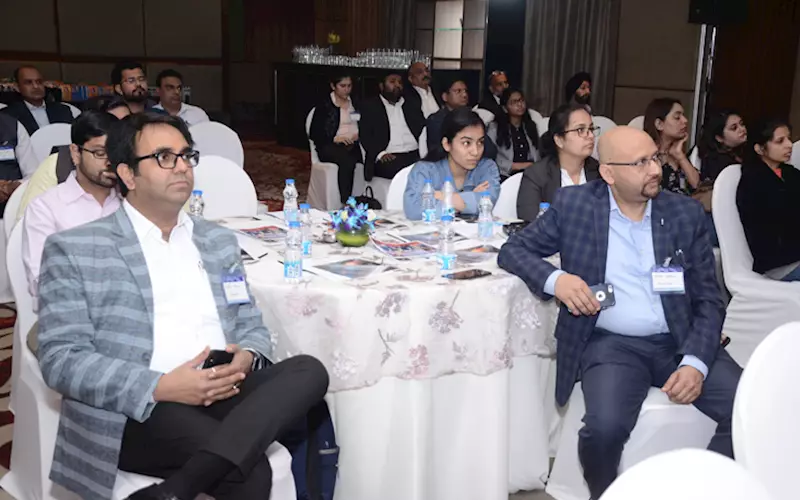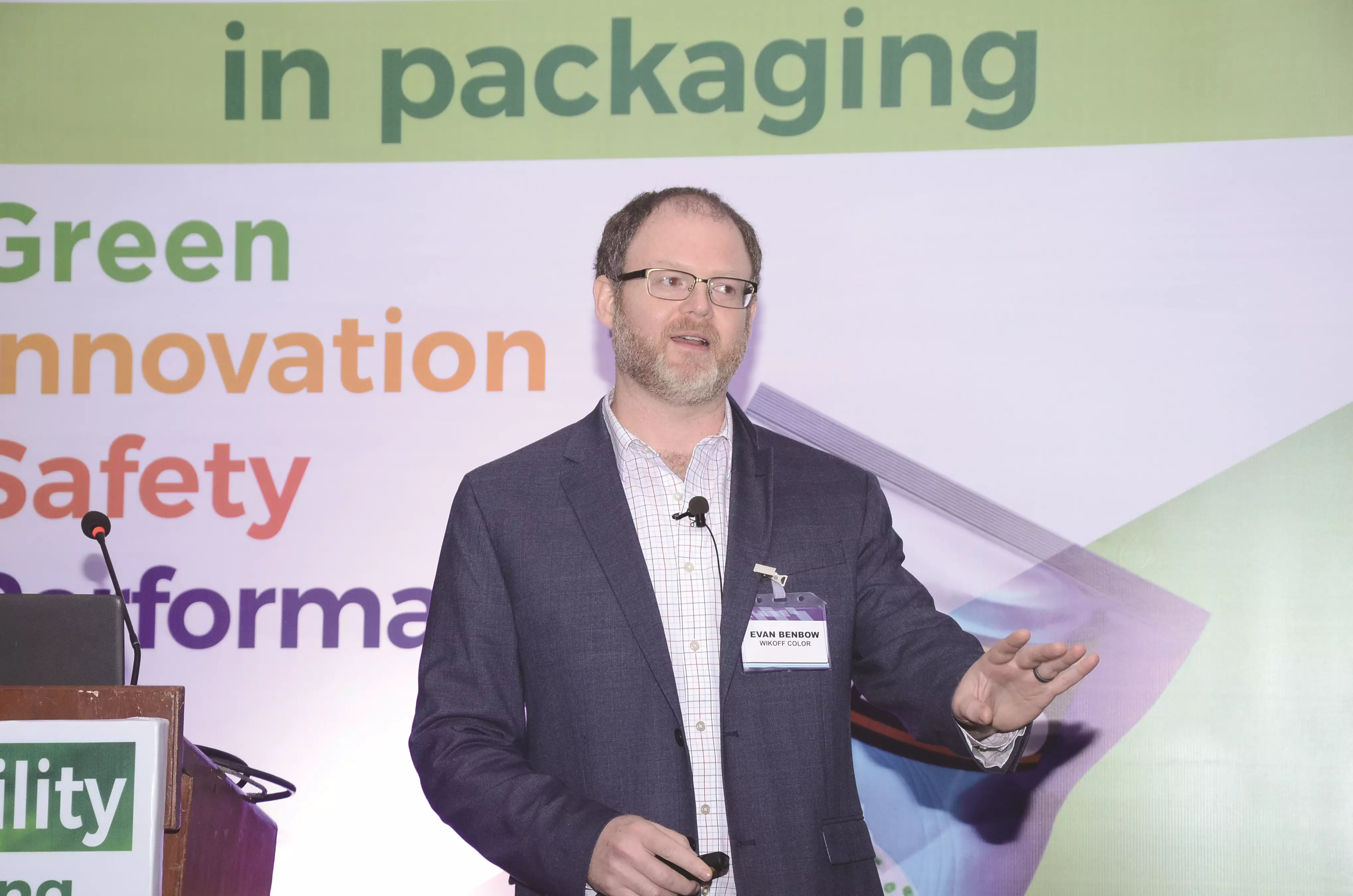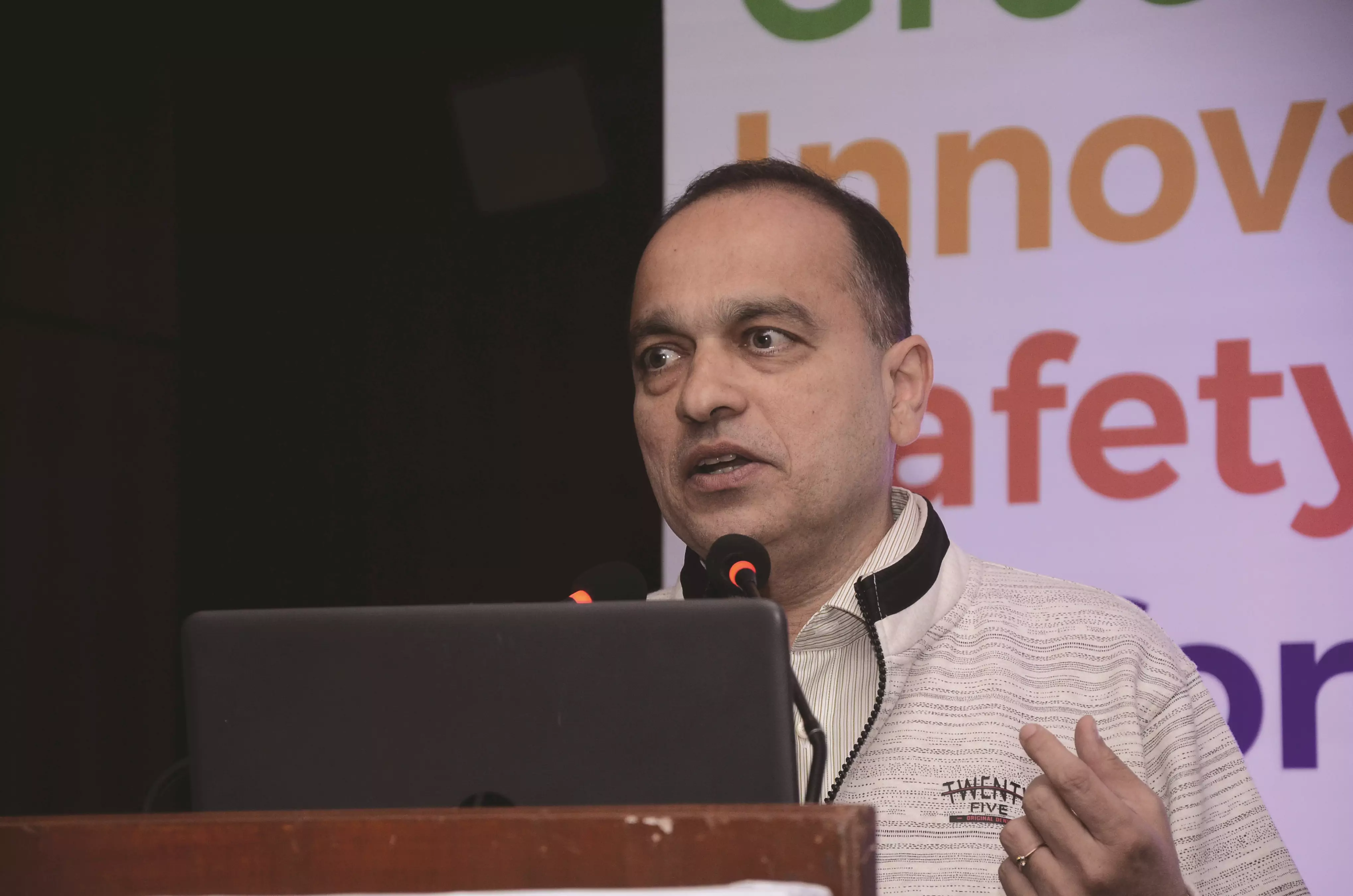Sustainability in printing with Electron Beam technology
Hi-Tech Inks and Reifenhauser India organised technology seminars titled Sustainable packaging – the way ahead in Mumbai on 19 February and in New Delhi on 21 February 2020. A Rahul Kumar and Noel D’Cunha report
13 Mar 2020 | By WhatPackaging? Team
Focus on Electron Beam
Sustainability in printing with Electron Beam (EB) technology was the focus at the seminar hosted on 19 February at Courtyard by Marriott Mumbai International Airport, Mumbai. It shed light on the capabilities of EB technology and the possibilities it offers in developing a sustainably printed product, which can be upcycled post its usage.
As brands are spending a substantial amount of time on researching and developing packages that use a single-family polymer or monolayer structure to meet its EPR goals, it is equally vital that the printing machines and inks, and the quality of substrates are at par in complementing the substrates, and according to the presenters at the seminar, EB technology seems to be a good option, both in terms of sustainability and economic viability.
EB technology employs an electron beam processor, which is a device that accelerates electrons and projects them onto the substrate. According to Jordi Puig from Comexi, the GelFlex incorporates EB printing. “With EB printing, the process of imaging with a complete set of seven plates will take 20 minutes and the printing process will be less than 15 minutes. The technology also offers an optimum dot gain control as the increased pigmentation allows the use of lower volume aniloxes, further helping in dot gain control,” he said.
Pisal: The challenges we often face are in achieving the right barrier properties
Pravin Pisal, senior packaging development manager, General Mills, said, “We are researching on replacing our laminates with monolayer structures. As a part of this research, we create a roadmap to analyse the lifecycle of the packaged product and also check whether the project is economically sustainable. The challenges we often face are in achieving the right barrier properties and selecting the right vendor who is equipped with the necessary technology.”
Currently, General Mills is working with Ahmedabad-based Vishal Containers, which houses Asia’s first Comexi F2 MP hybrid flexo press, for developing a monolayer package for its Pillsbury Atta.
The Comexi F2 MP hybrid is designed to print solvent-based, water-based and curable EB inks. Vishal Patel, director of Vishal Containers, said, “A major reason why I opted for the EB technology is because it enables printing on sustainable structures, which will be our core focus for the future. We are working closely with various brands and companies such as Michelman to achieve the required barrier properties in food-grade applications.”
The other sustainable benefits of the press include reduction in solvent emissions, reduced heat in pressroom, and reduced ink consumption.
Highlighting Hi-Tech Inks
During the New Delhi seminar on 21 February 2020, Vipin Chaudhary of Hi-Tech Inks, which claims to be the fourth largest ink manufacturer in India in terms of volumes said that nearly 50% of the company’s products are toluene-free.
Primarily a Gujarat-centric company, Hi-Tech is now expanding to other territories, with a facility in Kanpur and a distribution centre is Raipur. “The key to our success is consistency — in product, services and manpower,” Chaudhary said.
In other presentations, Im Rongwalla introduced the Election Beam solutions from ESI, and the new EB curable CI flexo ink.
Benbow: GelFlex is a patented technology and it is de-inkable from plastic
Evan Benbow of Wikoff Color spoke about GelFlex inks for safety and sustainability. He said that it is a patented technology and the inks are de-inkable from plastic. “The GelFlex inks stay on the surface of the package as flakes. This enables it to be easily de-inked and recycled after usage. In addition, the inks offer an offset print quality and an increased uptime and productivity,” said Benbow.
Alfred Menhart from Reifenhauser and Guru Kirsur from DuPont also made their presentations during the event. Menhart highlighted his company’s Ulta Stretch and Ultra Flat range of solutions. While, Kirsur shed light on Easy Brite, Bellisima DMS, and the sustainable benefits of a flexo plate.
Britannia looking to harmonise laminates across SKUs to reduce plastic usage
Speaking during the New Delhi event, on the subject of sustainability in the context of plastic usage from the perspective of a brand owner, Sameer Mehendale (in picture), head, packaging development, Britannia Industries, detailed the company’s plans to reduce the use of single-use plastic in the packaging of its products.
The company’s core business is biscuits. It also has a large market share in cakes and dairy products. Total 47% of its products use laminates and 37% use corrugated boxes. It has 70 to 80 small to big factories with more than 350 SKUs.
As regards the use of laminates, Mehendale said, the company is looking to achieve fully recyclable single polymer group based structures by 2021. The idea is to harmonise the laminates used in diverse products within the company so that single function group based structures of laminates come down from the current 70-80 to 7-8 groups.
Also on cards are plans for monolayer material development and paper-based laminate structure by 2023.The company is also planning to eliminate the usage of plastic trays in its biscuit packages by this year. This will help the company reduce the use of 2,700-tonnes of plastic annually. For this, the company will need to find a laminate with robust sealing properties that can cling to the product tightly. It will also need to have good barrier properties for food packaging and of suitable thickness.
“The laminate harmonisation programme and the customised sealant developed for Britannia portfolio will help reduce the use of plastic,” Mehendale said.














 See All
See All